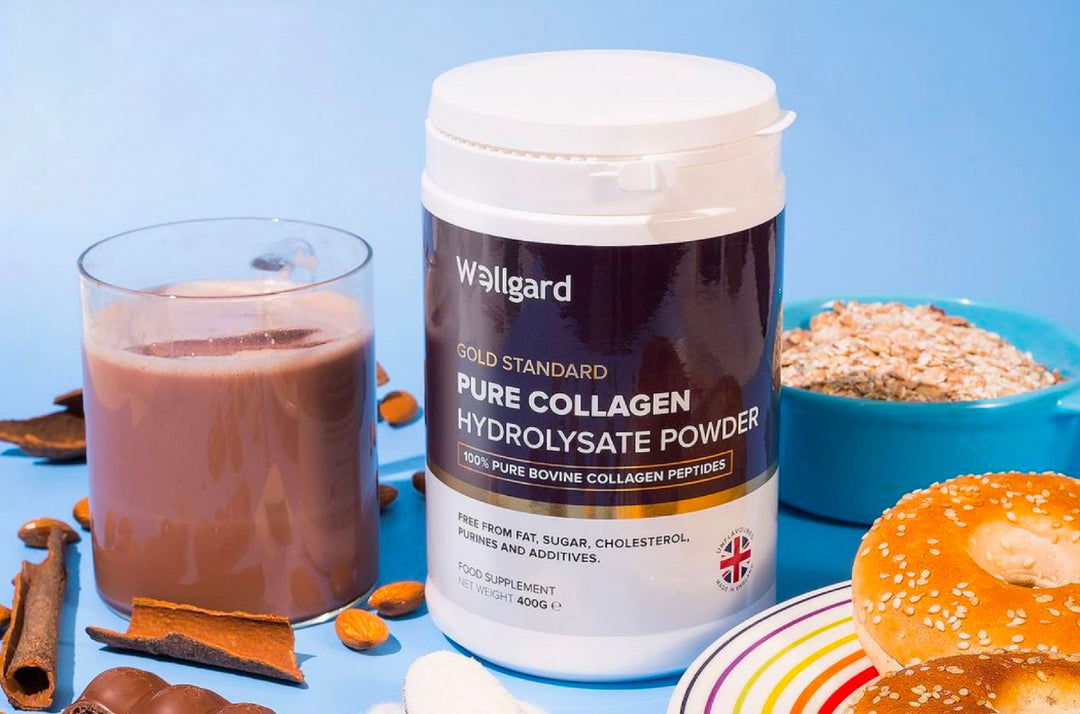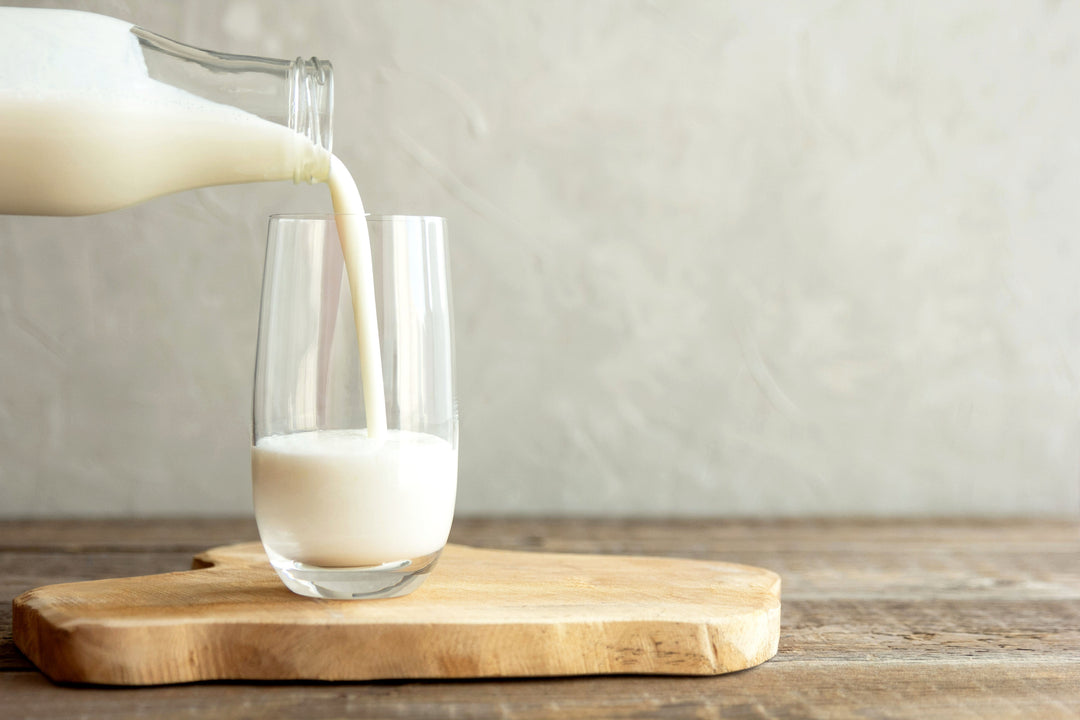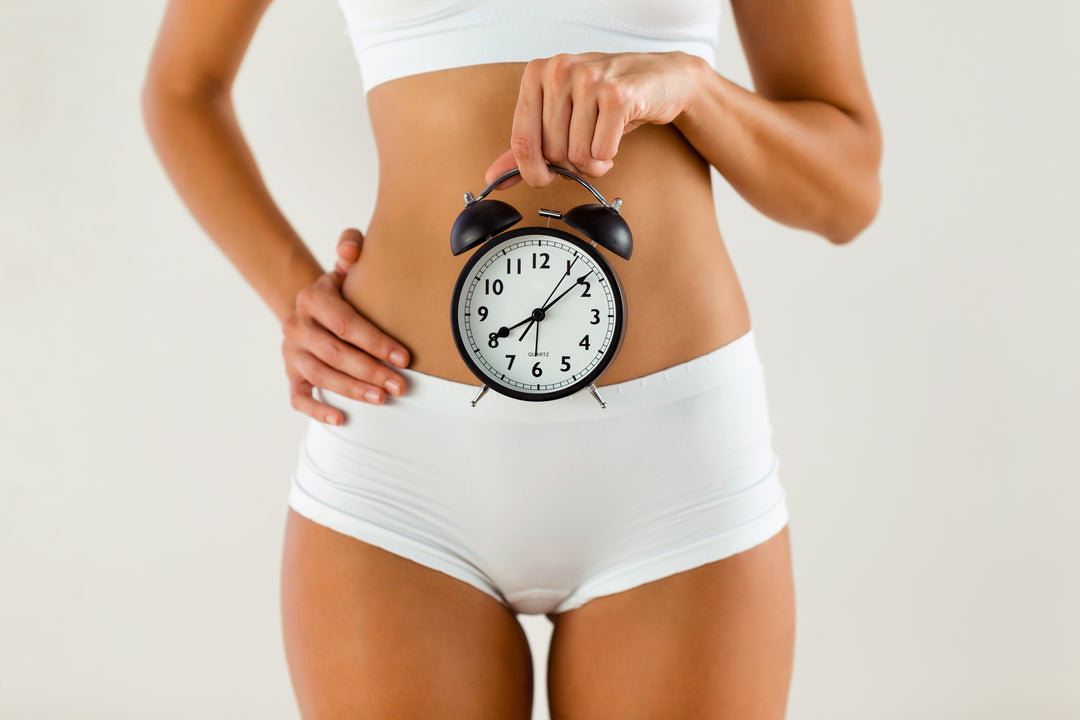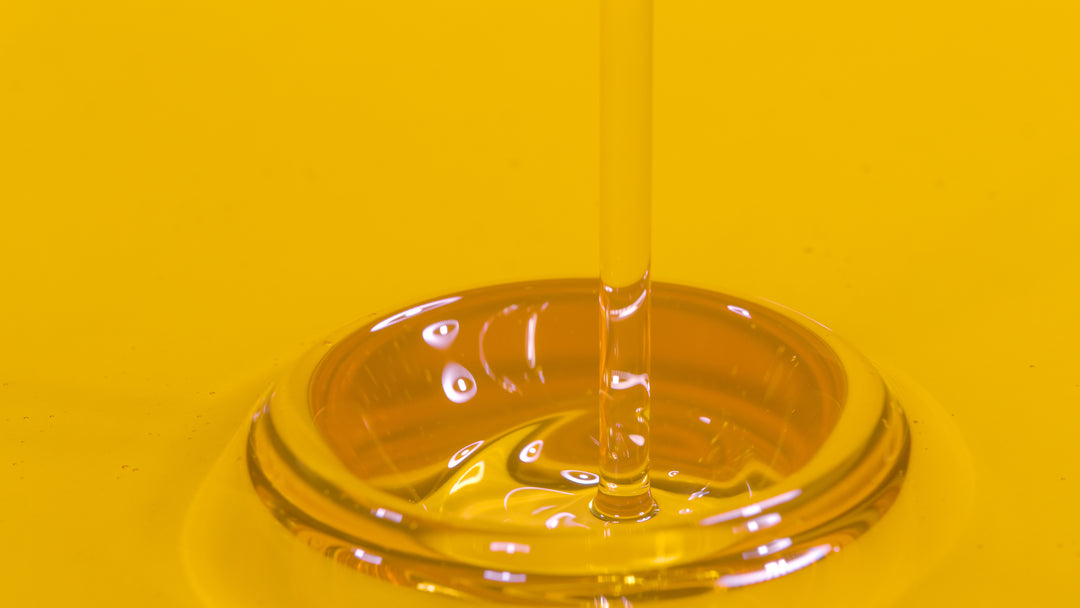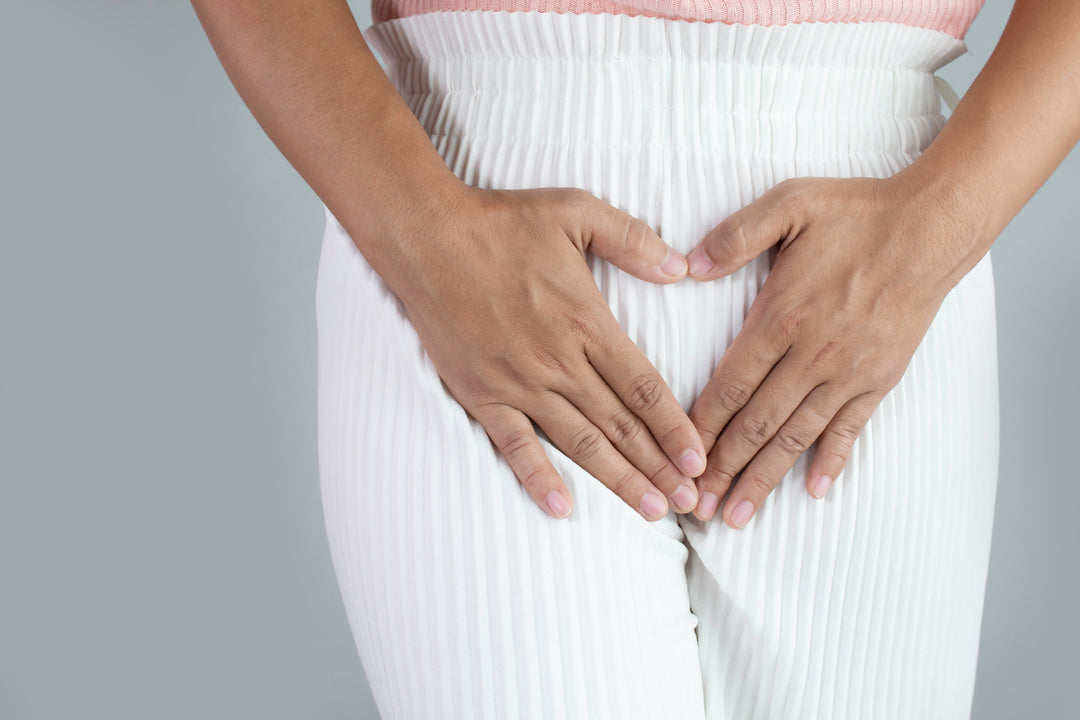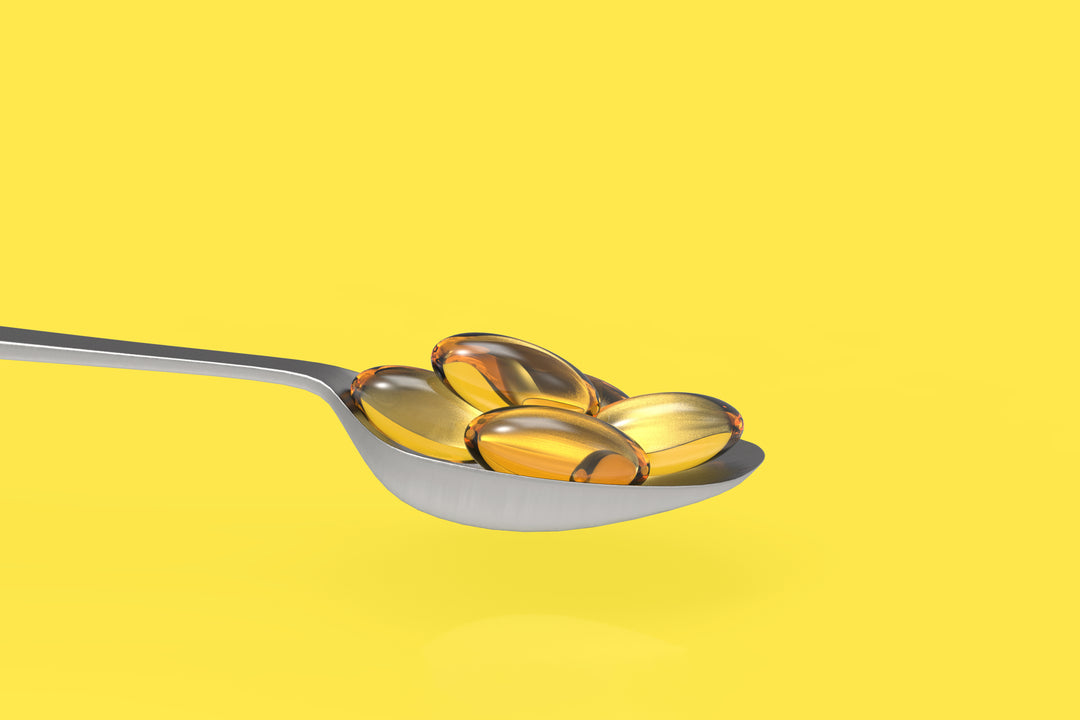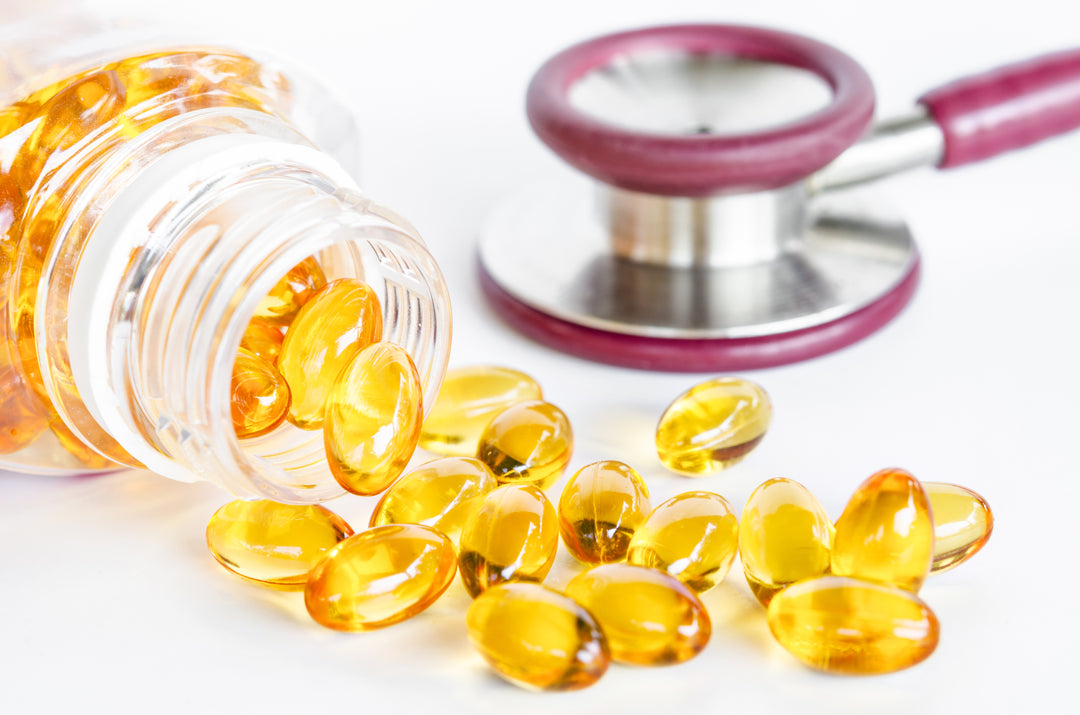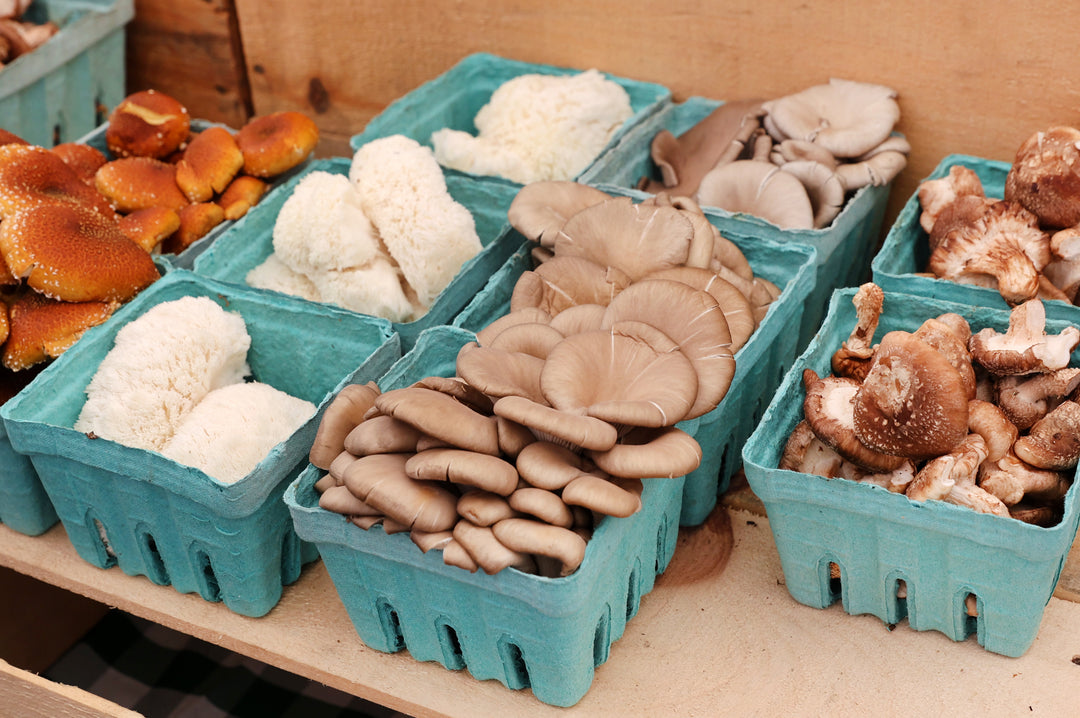How Do You Get Lactobacillus?
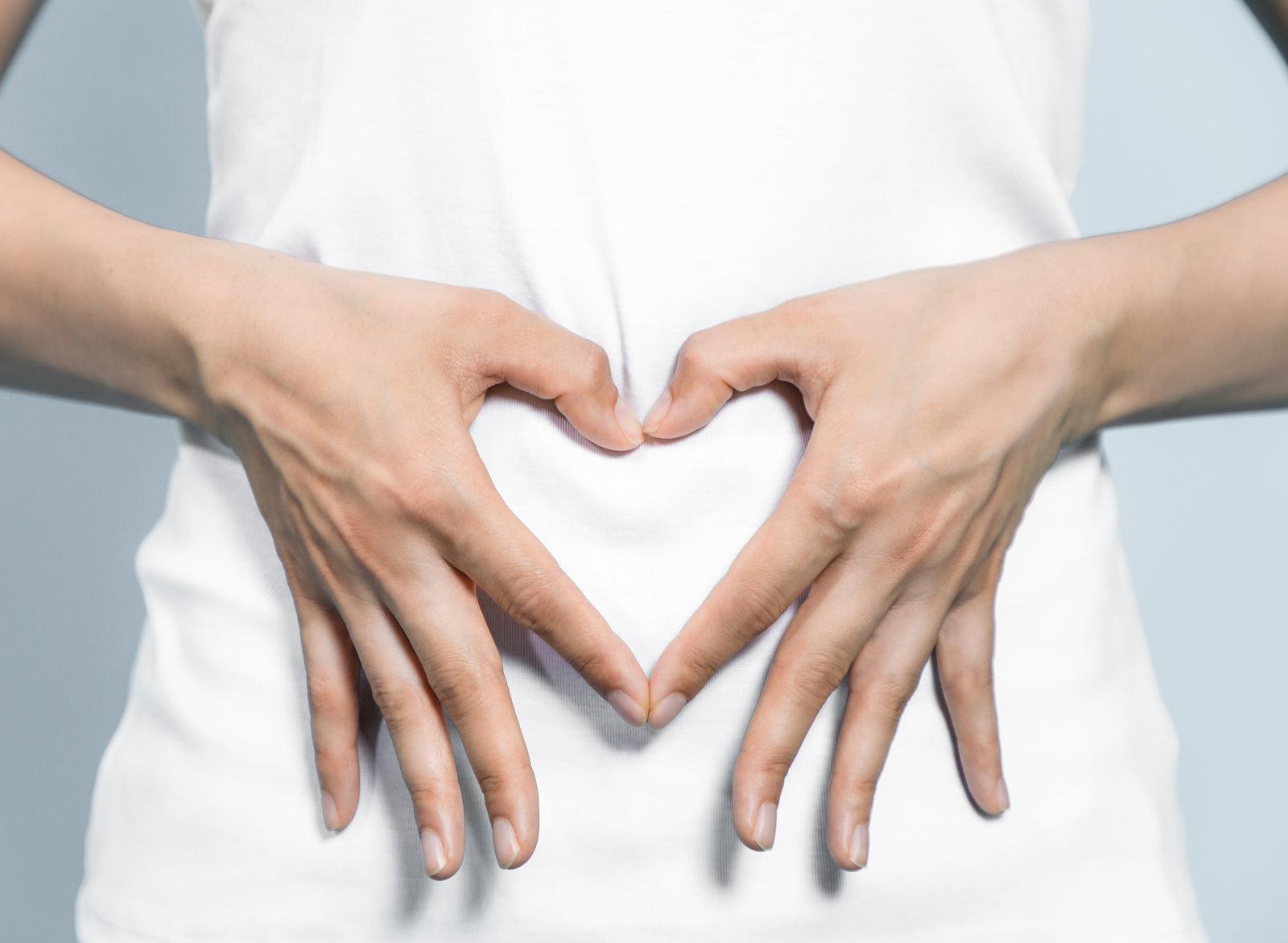
Lactobacillus, also known as Lactobacillus acidophilus, which is a type of probiotic that is naturally occurring in the gut, mouth, and vagina. You will also find it comes in certain food, such as yoghurt, kefir, and sauerkraut, which will help maintain the best level of good bacteria in the body. You will also find the probiotic can help breakdown foods to absorb nutrients and ward off any potential damage caused from exposure to bad bacteria.
You must admit this does sound like a highly useful microorganism to have in your gut, but could there be a possibility you are at risk of lacking it daily?
This leads us to our blog post and figuring out how you get lactobacillus and the tell-tale signs you are lacking it in your body and delicate ecosystems.
What does lactobacillus bacteria do for the body?
There are many different concerns lactobacillus bacteria can help and treat the body. Here are some of the main examples many experiences with lactobacillus, bearing in mind it naturally occurs in the body and can also be found in food and supplements, such as probiotics.
- Can reduce cholesterol levels
Some studies have shown that not all probiotics can help target cholesterol, however lactobacillus acidophilus has proven to have a significant impact and can improve cholesterol in just six weeks. It is understood that when lactobacillus is teamed with other probiotics, and prebiotics, they can ward off the bad bacteria found in cholesterol. There is still on-going research being carried out to find the optimal power duo, so until this is complete if you are considering taking probiotics enriched in lactobacillus, seek the help from your doctor.
- Helps to reduce diarrhoea
One of the most common uses for lactobacillus bacteria is to help treat acute diarrhoea and its symptoms. Whether it is an imbalance caused from infection or perhaps you have finished a course of antibiotics, an increase of lactobacilli will settle the stomach, reduce inflammation in the gut, and help rebalance the pH levels.
- Can improve symptoms of irritable bowel syndrome (IBS)
Irritable bowel syndrome, also known as IBS, is a common condition. Its symptoms include abdominal pain, unusual bowel movements, and bloating. The main causes of IBS are still relatively unknown, but it is believed that lactobacillus can treat the problem, reduce the symptoms, and provide significant improvement to the overall health and function of your bowels and gut.
- Can limit the amount of vaginal infections
The vaginal flora is a delicate ecosystem which can become imbalanced easily. Lactobacillus’s role in the vagina is to keep the good bacteria healthy and ward off any bad bacteria from overgrowing. This in turn maintains good vaginal health and prevents any infections, such as thrust, bacterial vaginosis or STIs from developing. If you wanted to know more about how probiotics combat these concerns, check out our blog post.
There you have some examples of the how lactobacillus can benefit the body and the vital role it plays in maintaining the flora of the mouth, gut, and vagina.
How do you get lactobacillus bacteria?
Lactobacillus bacteria is naturally occurring in the body, in specific areas such as the mouth, vagina, and gut. Its main role is to ensure the delicate flora of these areas remain balanced, and the pH levels are protected and healthy. You may find that at times maintaining the right levels of lactobacillus can be difficult with daily exposures to bad bacteria, and other harmful factors can create an imbalance leading the lactobacillus levels to drop and become ineffective.
Lactobacillus is mostly found in dairy products and grows particularly well in milk. It is responsible for creating the “souring” of milk leading to the production of lactic acid by breaking down the carbohydrates found in the milk’s sugar lactose levels.
How to increase lactobacillus in my body?
You can increase the amount of lactobacillus in your body by opting for a probiotic blend that is packed with the strain, as well as adding probiotic enriched foods to your daily diet. By consuming lactobacillus daily, you are supporting its presence and functionality in the gut which in time develops in areas such as the mouth and vagina too.
It is important to consume foods containing prebiotics, especially when you have already included probiotics as it will support the health and growth of the good bacteria in the body. Some foods that are rich in prebiotics and can help with the development of lactobacillus such as.
- Apples
- Wheat bran
- Buckwheat
- Soy
- Walnuts
- Artichokes
- Barley
These foods should not be confused with those containing lactobacillus, such as.
- Kefir
- Yoghurt
- Sauerkraut
- Sour cream
These are fermented foods which already contain a healthy dose of the probiotic and are encouraged to be consumed regularly.
What happens when you have no lactobacillus?
Your body depends heavily on the presence of lactobacillus. When the body is lacking the correct amount of these microorganisms, you’ll find it becomes much harder for the body to digest food and absorb its nutrients properly. You will also find the gut begins to flare up with inflammation, becomes uncomfortable and you may even suffer from mild diarrhoea, all of these are signs that the body is lacking lactobacillus.
What happens if you have too much lactobacillus?
The most common side effect of having too much lactobacillus will occur as excessive vaginal discharge, also known as cytolytic vaginosis. This is caused by an overgrowth of lactobacillus which can result in an irritation of the cells found in the vaginal lining. These damaged cells will show some symptoms of damage such as.
- Vaginal and vulva itching
- Excessive white coloured discharge that can appear thick and curd-like in appearance
- Burning when urinating
- Discomfort during sexual intercourse
- Imbalanced pH levels in the vagina
These symptoms can often reoccur so to keep on top of the problem avoid taking your probiotics and seek the help from a medical professional or your GP.
There you have a little more information about lactobacillus and how it works in the body. As always, if you have any further questions, you can find us over on Instagram.






